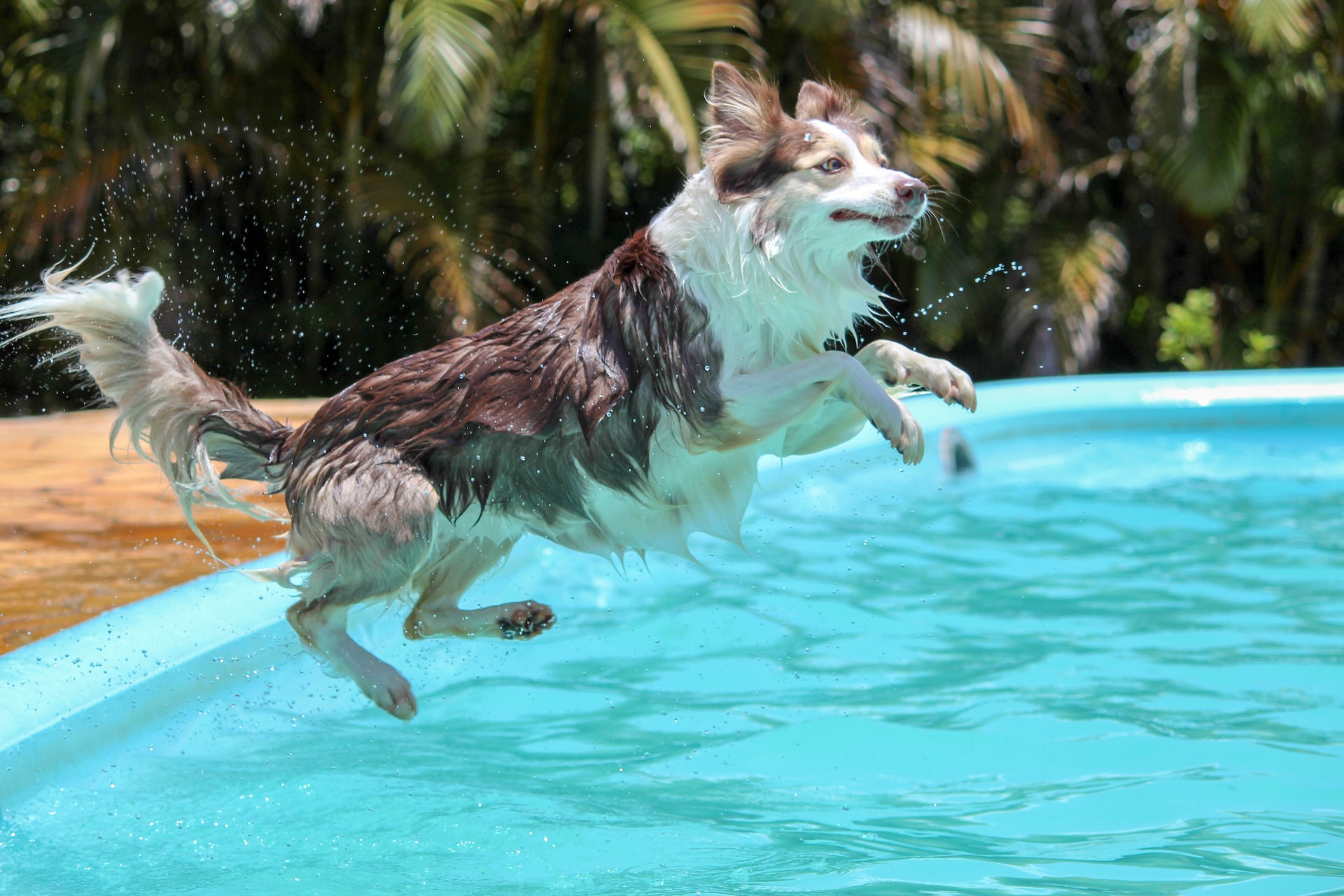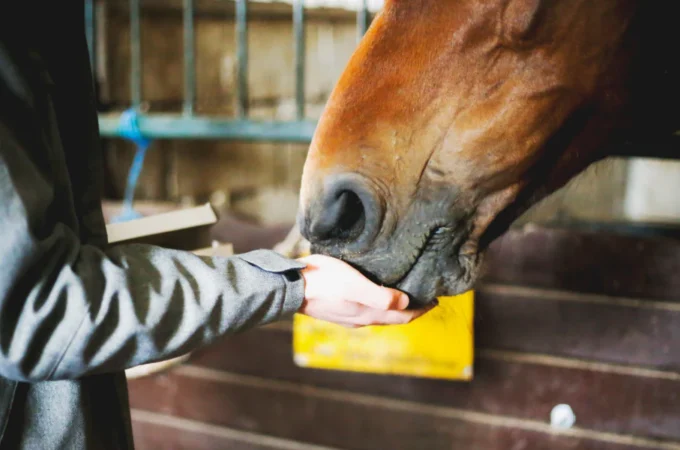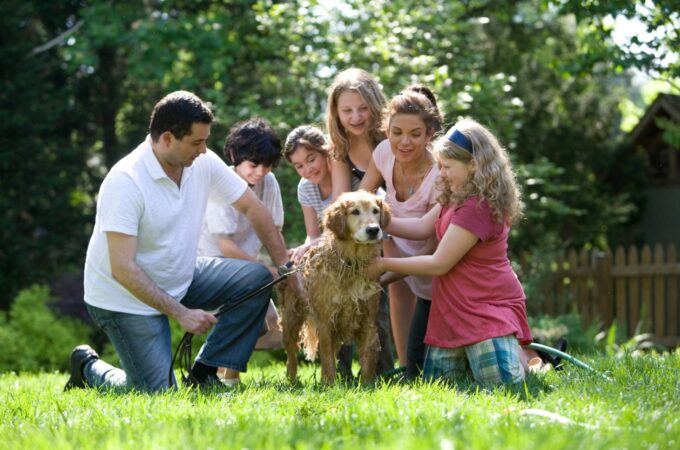
Summer Safety Tips Every Pet Parent Should Know
Summer is without a doubt a busy season for both pets and their humans, with more time spent outdoors, and plenty of exploring and traveling taking place during these short but lively months. A lot of pet owners choose to take their beloved companions – usually dogs and cats – out on hikes, day trips or even international adventures and roam the world together. According to statistics, an estimated 2 million pets board commercial flights every year, proving that the traveling pet trend we often see depicted on social media is going strong, and most of the wandering happens in the summer.
Studies also show that domestic animals are increasingly seen as part of the family. This humanization has driven important changes in the animal feed industry, leading to an increased demand for specialized products and premium foods that better meet pets’ specific needs. At the same time, it has made people grow more attached to their pets, so it’s not surprising that tourists nowadays want to take vacations with their four-legged buddies.
However, beyond all the fun and excitement, summer vacations also mean higher temperatures, more physical effort, increased risk of injuries and a few other hazards for your pet. So, here are a few tips to keep in mind that will help you keep your furry friends safe and make sure they enjoy the summer season as much as you do.
Protect them from the summer sun and heat
High temperatures can really take a toll on your pet’s health and well-being during the summer given the high risk of overheating, sunburn, dehydration and heatstroke they’re exposed to. As a responsible pet parent, you need to take the necessary preventive measures to avoid these problems. Make sure that your pet is properly hydrated throughout the day by always having fresh drinking water with you.
Try to schedule your trips early in the morning or later in the evening and avoid going on walks when the sun is high in the sky, especially if you have a pet that’s extra sensitive to high temperatures like pugs or huskies. When you’re outdoors, look for shade and avoid direct sun exposure. In particularly hot climates, a cooling vest might also come in handy.
You should also know that just like humans, animals can also get sunburned. Pets with white and thin coats are more susceptible to sunburns, with the nose, ear and face being the most vulnerable areas. Applying pet-friendly sunscreen around those areas can considerably reduce the risk. Additionally, you can use dog boots to protect your pet’s paws if they need to walk on hot sand or pavement.
Another way to help pets cope with the intense summer heat is to make a few changes to their diet. It’s generally recommended to focus on foods that can cool off your pet such as proteins from eggs, yogurt, white fish, rabbit, duck and beef, and hydrating fruits and veggies like watermelons and cucumbers. With the advancements in the pet food processing and animal feed industry, the options range for food and treats is more diverse than ever, so finding the right products for your pet shouldn’t be an issue.

Keep pesky parasites away
It’s important to protect your pet against parasites all year round, but during summer you might want to ramp up your efforts in the warmer months when pests like ticks, fleas and mosquitoes thrive everywhere. These tiny insects are not just extremely annoying for your furry friend, but they also carry all sorts of diseases with them, so they can pose a major health risk.
Apart from scheduling regular visits to the vet to keep up with her flea and worming treatments and using adequate preventive medications, you should also keep a close eye on your pet when you’re about and about to make sure they don’t eat or drink anything they shouldn’t like feces or standing water. Checking them for thick and fleas after each outdoor adventure and watching for signs of illness is also a great idea.
Beware of poisonous plants and toxic substances
It’s not just parasites that thrive in the summer but poisonous plants as well. If you’re planning a trip in nature with your pet, keep in mind that some of the wonderful vegetation that surrounds you might be dangerous for your furry friend. Certain species of mushrooms, all bulbs as well as some decorative plants like oleanders, lilies, azaleas and sago palms are toxic if ingested. It’s best not to let your pets wander too far away from marked paths so you can watch them at all times. this also minimizes the risk of encountering dangerous wildlife like skunks, porcupines, spiders, scorpions or rattlesnakes that can spell trouble for you and your pets.
It’s also good to be aware of chemical hazards, which are more prevalent during summer. Toxic substance spills or the use of fertilizers and pesticides are some of the risks you should keep an eye out for when travelling with your pet.
Know when it’s best to leave them at home
Last but not least, you should set realistic expectations and know when it’s best to leave your much-loved pet at home. You might find it hard to go on holiday without your trusted companion, but sometimes it’s safer for them to stay at home than to go globetrotting with you. Take into account travel conditions, the specifics of your destination (whether, health risks, pet-friendly accommodation, etc.) and the activities you plan to engage in and if they don’t seem suitable for your pet, don’t try to force things. The smartest thing to do in these situations is to ask someone to pet-sit while you’re gone or take your fur baby to a boarding kennel.
Use these simple tips to keep your pet safe and happy this summer and every other summer and enjoy wonderful times together.




